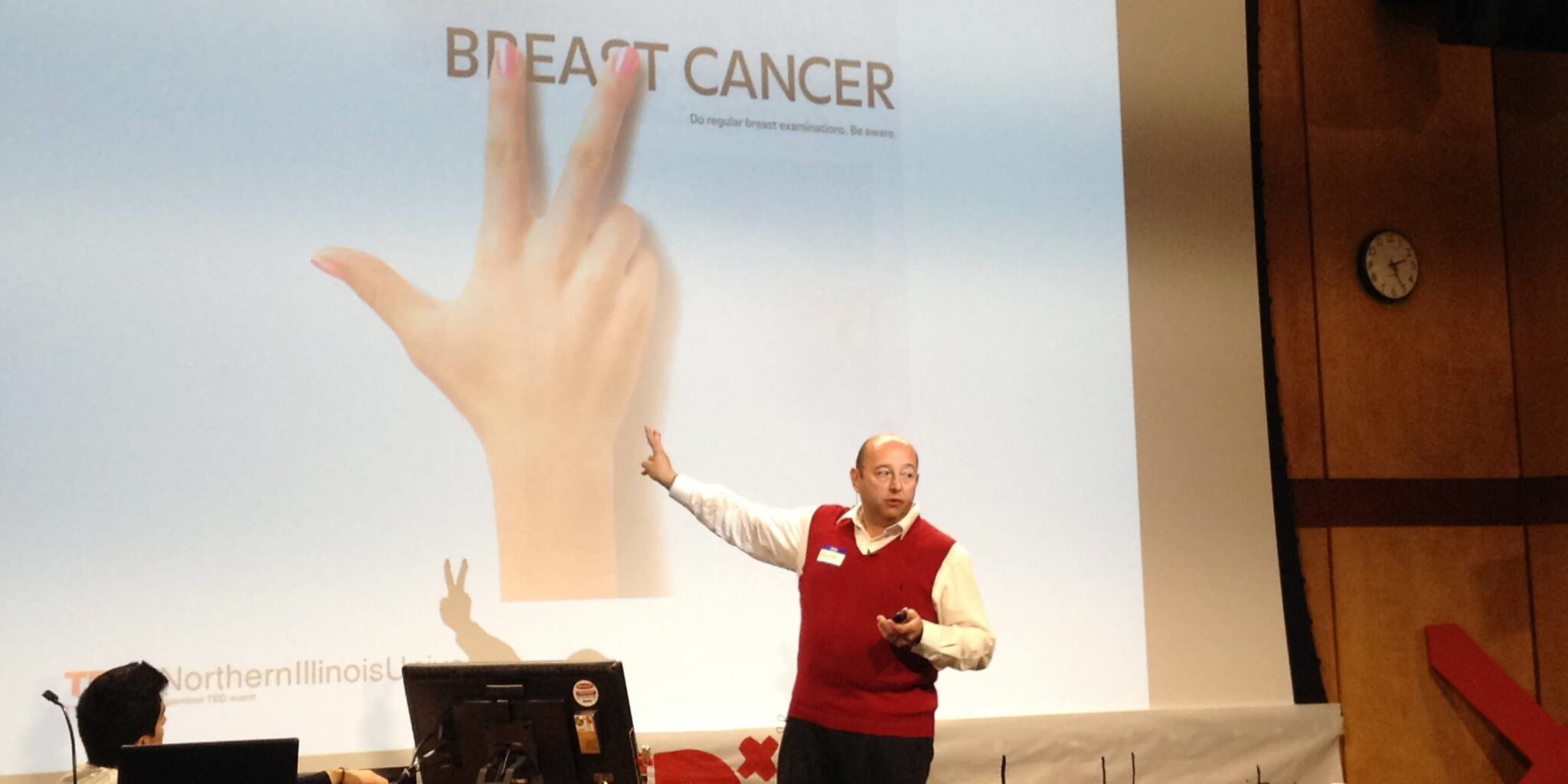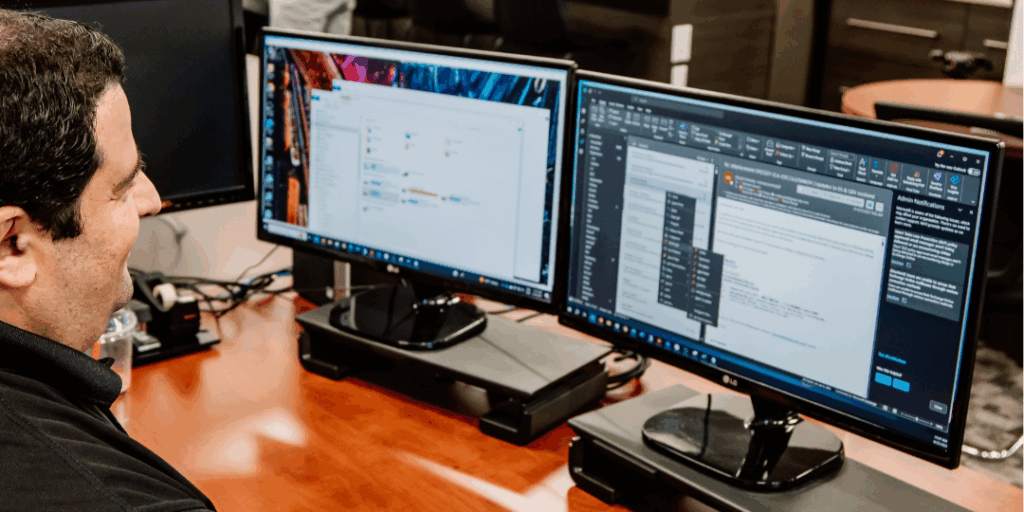
Translation and localization fuel global growth when they’re managed transparently, with human oversight, standards, and rigorous QA. This guide explains Interpro’s process so teams know when to use translation, localization, or transcreation—and what to expect in quality, timelines, and costs. Interpro does not use AI/MT without your explicit approval and always pairs any automation with professional review.
Definition: The translation and localization process for businesses aligns language, culture, and technology—turning source content into market-ready experiences through discovery/scoping, translation, editing, DTP/engineering, linguistic & functional QA, and in-market validation.
What’s the Translation vs. Localization vs. Transcreation Difference?
Translation converts text from one language to another. Localization adapts content to cultural, linguistic, and regulatory norms (currency, images, idioms, formats) so it feels native. Transcreation creatively adapts high-impact messaging (e.g., slogans) to evoke the same intent in another language.
Founder Ralph Strozza presents at a TedX event at Northern Illinois University – do you translate, localize or transcreate this marketing campaign ad?
Do You Need Translation, Localization, or Both?
| Translation |
The act of conveying meaning from a source text in one language into a target language, preserving the content and intent as faithfully as possible, typically in a written form. It deals with converting words (and structure) without significant change in style, design, or non-textual elements. |
| Localization | A broader process that includes translation of textual content, plus adaptation of non-textual elements (images, units, date formats, currencies, layout, possibly UX or UI choices, etc.) to make the product/content feel native to a specific locale (language + region) rather than just translated. It ensures cultural, technical, regulatory, and stylistic appropriateness for that locale. |
| Transcreation | A creative adaptation of content where the focus is not just on meaning but also on emotional impact, style, tone, and brand voice. The transcreated version may depart significantly from literal source text in order to evoke the same response in the target audience. It may involve re-writing or re-imagining copy, slogans, taglines, campaigns, etc. |
Example: Localizing an eLearning course can involve voiceover, captions, interactive modules, and downloadable workbooks—translated components are reassembled and QA’d into a single seamless experience.
Industries That Rely on Professional Translation & Localization
- Healthcare/Life Sciences: Regulatory content, patient comms, research.
- Legal: Contracts, patents, court filings.
- Manufacturing: Technical manuals, safety instructions, compliance.
- Technology/Software: UI strings, help centers, apps.
- eLearning: Multilingual training programs.
- Retail/eCommerce: Product pages, checkout flows, service scripts.
Why Cultural Adaptation Protects Your Brand
Language is inseparable from culture. Adapting idioms, imagery, color, and symbols prevents misinterpretation and builds trust. Validate with in-market reviewers; follow i18n best practices for formats and directionality (e.g., W3C i18n).
Common Process Mistakes (and How to Avoid Them)
- Relying on raw machine translation without human review.
- Skipping localization for customer-facing content (dates, currency, visuals).
- Ignoring text expansion and RTL layout needs in UI/UX (e.g., German length, Arabic/Hebrew direction). See NN/g guidance on international usability.
- Inconsistent terminology; no glossary or style guide.
How Long Does the Process Take?
Timelines depend on length, complexity, language pairs, and QA. A 1,000-word document may take 1–2 business days; multi-language multimedia projects can take weeks. Clear instructions, references, and preferred terminology accelerate delivery.
How Providers Ensure Quality and Accuracy
- Subject-matter linguists translate into their native language.
- Editing/proofreading by a second linguist for accuracy & consistency.
- Translation Memory (TM) reuses approved phrasing across assets.
- Client feedback loop aligns tone and brand preferences.
- Final QC (linguistic + functional checks) before delivery.
What Certifications Should You Look For?
Standards help ensure repeatable quality: ISO 17100 (translation services) and ISO 9001 (quality management). In regulated sectors, additional requirements (e.g., HIPAA context for healthcare) may apply.
What’s the Cost of Translation and How Is It Calculated?
Pricing reflects wordcount, language pairs, complexity, turnaround, DTP/engineering, and testing. Web/app and eLearning projects often require custom scoping. TM and consistent governance reduce cost over time by reusing approved content.
However, AI translation is offering new solutions for companies. Talk to Interpro to explore the AI solutions available to you.
How Do You Keep Brand Voice Consistent?
Create a multilingual style guide and glossary with do-not-translate terms, approved phrasing, and tone guidance. Ask for a pilot/sample to confirm fit before full rollout. Interpro assigns dedicated linguists who learn your voice over time.
Professional Translation and Localization Matters
High-quality translation and localization expand reach, protect compliance, and improve customer experience. With the right partner and process, your content lands accurately and authentically in every market.
Talk to Interpro about your translation & localization plan.
8 Common Localization Issues
When localizing a translation, there are a number of potential issues that can arise. Interpro has translated over 350 million words for clients, and here are the top 10 common localization issues.
1. Cultural misunderstandings
This is perhaps the most common issue that can occur when localizing a translation. For example, a company that is localizing its website into Spanish might not realize that the word “vaca” means “cow” in Spanish, but it also has a slang meaning that is offensive to women.
2. Grammatical errors
Even if a translator is fluent in the target language, they may not be familiar with the local grammar rules. This can lead to grammatical errors in the localized text.
3. Phrasal idioms
Phrasal idioms are phrases that have a meaning that is different from the literal meaning of the words. For example, the English phrase “break a leg” means “good luck.” If this phrase is translated literally into another language, it will likely not make sense to the target audience.
4. Cultural references
Cultural references are references to people, places, or events that are specific to a particular culture. If a localized translation contains cultural references that are not familiar to the target audience, it will likely be ignored, create confusion or even offend.
5. Jargon
Jargon is specialized language that is used by a particular group of people. If a localized translation contains jargon that is not familiar to the target audience, it will likely be confusing or even incomprehensible.
Spelling errors. Even if a translator is careful, they may still make spelling errors in the localized text. This can be especially problematic if the spelling of words is different in the target language.
6. Font issues
The font used in a localized translation can also be a problem. If the font is not available or designed for a specific language, it may be replaced with a different font that is available or more readable in the target language.
7. Image issues
Images can also be a problem when localizing a translation. If an image contains text, the text may not be translated correctly. Additionally, the image itself may not be appropriate or relevant for the target audience.
8. Testing issues
It is important to test the localized translation thoroughly before it is released. This will help to ensure that there are no errors in the text and that the translation is culturally appropriate.
Cost issues. Localization can be a costly process. This is especially true if the translation needs to be done by a professional translator.
Publicly Documented Examples of Localization Errors
Here are some examples of companies that have had public localization errors:
1. Heineken
In 2007, Heineken launched a marketing campaign in China that featured the slogan “Heineken refreshes the parts other beers cannot reach.” However, the Chinese translation of the slogan was interpreted as “Heineken opens your legs.” This caused a great deal of controversy and embarrassment for Heineken.
2. Pepsi
In 1995, Pepsi launched a marketing campaign in China that featured the slogan “Come alive with the Pepsi generation.” However, the Chinese translation of the slogan was “Pepsi brings your ancestors back from the dead.” Many Chinese consumers were deeply confused and upset by this.
3. Google
In 2009, Google launched a new feature for its Translate app that allowed users to translate text by speaking into the app. However, the feature was not well-tested and it caused a great deal of confusion and laughter when it was used to translate English into Spanish. For example, the English phrase “I’m feeling good” was translated into Spanish as “Estoy sintiendo bueno,” which literally means “I’m feeling good,” but it sounds like “I’m feeling a good.”
4. IKEA
In 2004, IKEA launched a children’s desk called “Fartfull.” However, even if in Swedish the word means “full speed”, in English this brought for sure a lot of giggling.
5. HSBC Bank
The company had to invest millions of dollars in a global rebranding after their slogan “Assume nothing” was translated as “Do nothing” in several non-English speaking markets.
6. Microsoft
The German debut of XBOX featured mistranslated store phrases that turned “Save (your progress)” into “Save (your money)” was not quite what players had in mind.
These are just a few examples of the many localization errors that have occurred over the years. By being aware of these potential problems, companies can help to ensure that their localized translations are accurate, culturally appropriate, and free of errors.
Why Localization Matters More Than Ever
Localization is no longer just an optional business strategy. It’s a necessity for reaching diverse audiences. Whether you are:
- Launching a global marketing campaign that requires cultural adaptation
- Modifying software to function correctly in multiple regions with technical adaptation
- Developing digital content that needs full integration with a platform localization strategy
Interpro Translation Solutions ensures that your content is accurate, engaging, and fully functional in any language.
Talk to Interpro about your translation & localization plan.
FAQs: Translation and Localization Process for Businesses
How do I decide between translation, localization, and transcreation?
Match approach to risk and intent: translation for accuracy, localization for cultural/UX fit, transcreation for creative impact.
What speeds up timelines without hurting quality?
Finalize source content, provide references and preferred terminology, and plan review windows.
Can machine translation help reduce cost?
It can in low-risk contexts when paired with human post-editing and your approval. Interpro never uses AI/MT without consent.
How do we maintain consistency across languages?
Use a glossary, style guide, and Translation Memory; keep a dedicated linguist team on your account.
What should I budget for beyond translation?
Allow for editing, QA, DTP/engineering, and in-market testing—especially for software/eLearning.
Explore Services
Consulting • Translation • eLearning • Video & Multimedia • Document
References
W3C Internationalization
Nielsen Norman Group
Snopes
The GuardianMental Floss
Category: Localization, Translation
Tags: Localization, Translation
Service: Translation Services
Don't forget to share this post!
Stay Updated with Interpro
Subscribe to our newsletter for the latest updates and insights in translation and localization.




